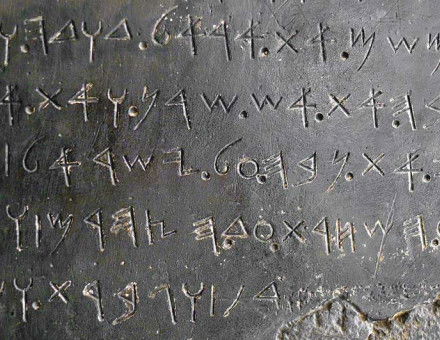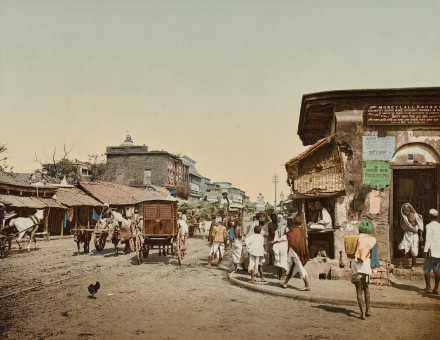Aspects of Vienna
Alan Borg presents various views of the historic Austrian capital.
On September 23rd, 1683, John Evelyn recorded in his diary: 'We had now the wellcome tidings of the K. of Polands raising the siege before Vienna, which gave great terror to all Europe...'. That this news arrived in London only days after the battle, that Evelyn thought it worth recording, and that on December 17th, he went to see three magnificently caparisoned captured Turkish horses displayed in St James' Park, all remind us that the fate of Vienna was of key importance for the whole of Europe. In the following centuries this importance grew, as the Austro-Hungari an empire became one of the pivots of continental strategy. The Congress of Vienna confirmed, amongst other things, the city's central role in European politics, and this position remained essentially un- altered until the death of the Emperor Franz Joseph.
Today the first thing that strikes one on arriving in Vienna is how far east it is. The signs on the Ringstrasse point to Bratislava, Brno, and Prague. A glance at the map shows the last named actually lies to the north- west, making a mockery of the current political east-west jargon.





